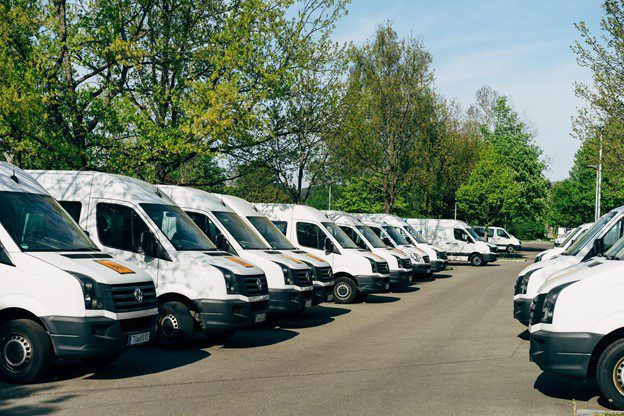
3 Ways to Maximize Your Business Fleet

Written by Stephanie Haywood of mylifeboost.com.
Growing and streamlining your business will require you to make key investments, such as expanding your fleet of vehicles. As such, you’re likely looking for ways to save so that your new income streams remain profitable. Presented by Fixated Financial & Insurance Solutions, here are ways to help maximize your fleet while minimizing expenses.
1. Strategize When It Comes to Your Supply Chain
It’s important to keep in mind that your supply chain spans everything from the materials you need to the vehicles that transport the final product. Implementing a specific strategy for organizing your supply chain can help you highlight any weaknesses and pare down your spending and/or time to product delivery.
For example, Flicker Leap points out that automating processes can save employee hours, which, in turn, saves money. Automating processes like shipping and receiving inspections means you can obtain data in real time. Plus, it cuts down on inventory hours and time spent addressing system failures. Instead, automatic notifications keep you apprised of every scenario. Similarly, ensure staff stays productive and profitability is maximized with tools like automated accounting software, which keeps your crew working efficiently and maintains clear communication. QuickBooks Online Advanced, for example, allows you to customize job costing and invoicing, speeding up the time you get paid by customers.
Outsourcing specific tasks (particularly ones that are time wasters for your upper-level staff) and adopting mobile technology can also help with streamlining your supply chain. According to IndustryWeek, near-sourcing is another move that may be financially beneficial. Of course, you also need to choose the right tools for managing your warehouse, fleet, and more, which may involve testing out software and other digital tools before committing.
2. Trim Transportation Costs With an Expense Audit
If your fleet is new — or newly in-demand — odds are your fuel costs, vehicle maintenance, and even overtime for your drivers is significant. By auditing your expenses, you can see where it’s possible to trim costs and divert funds elsewhere in your business.
For example, you may find that fuel costs are driving up your budget (and pushing profits down). One way to save on fuel costs is by exploring fleet fuel cards. Tracking your drivers’ mileage, refueling trends, and regular routes can shed light on the ways your fleet isn’t the most efficient. Perhaps your drivers are delivering products in a set order, but you find that a different order could keep them out of rush hour standstills, which could save fuel and time every day.
Keep an open mind and be willing to switch up your routines — you could reduce transportation expenses by a significant margin. Other measures, like training drivers to avoid excess idling and utilize safer driving habits, can also save your company in fuel costs.
3. Prioritize Customer Service in Person and in Process
The delivery services sector is inundated, so remaining competitive is a big part of your business model. With a competitive customer service approach, you can ensure higher levels of customer satisfaction and secure a higher rate of return on your fleet investment.
Consumers expect near-flawless performance from companies, whether those fleets are delivering food or arriving to perform a service. Prioritizing customer needs could mean investing in app development to ensure timely communication and order updates. Or, it might mean creating a policy to win customers back if their item or meal is late — promising a narrow delivery window could cost you at times, but it may also earn more business.
As US Foods explains, consumers also prioritize shorter wait times — 40 minutes or less is ideal — when it comes to food delivery. In terms of product shipments, your audience likely prefers speedy delivery and free shipping over any other possible perk. Contemplate what your audience cares about most — or consider asking them — before modifying your business model to best address their needs.
Growing your business takes hard work, but the payoff means you and your team will reap the benefits of that dedication. So, look for ways that you can maximize your fleet without derailing your finances. And while these tips can get you started, it’s always important to look for other ways that will work for your business.
Fixated Financial & Insurance Solutions can help you find the insurance plan that best suits your needs. Learn more about how you can get a quote.
Photo via Unsplash
Categories: Blog
